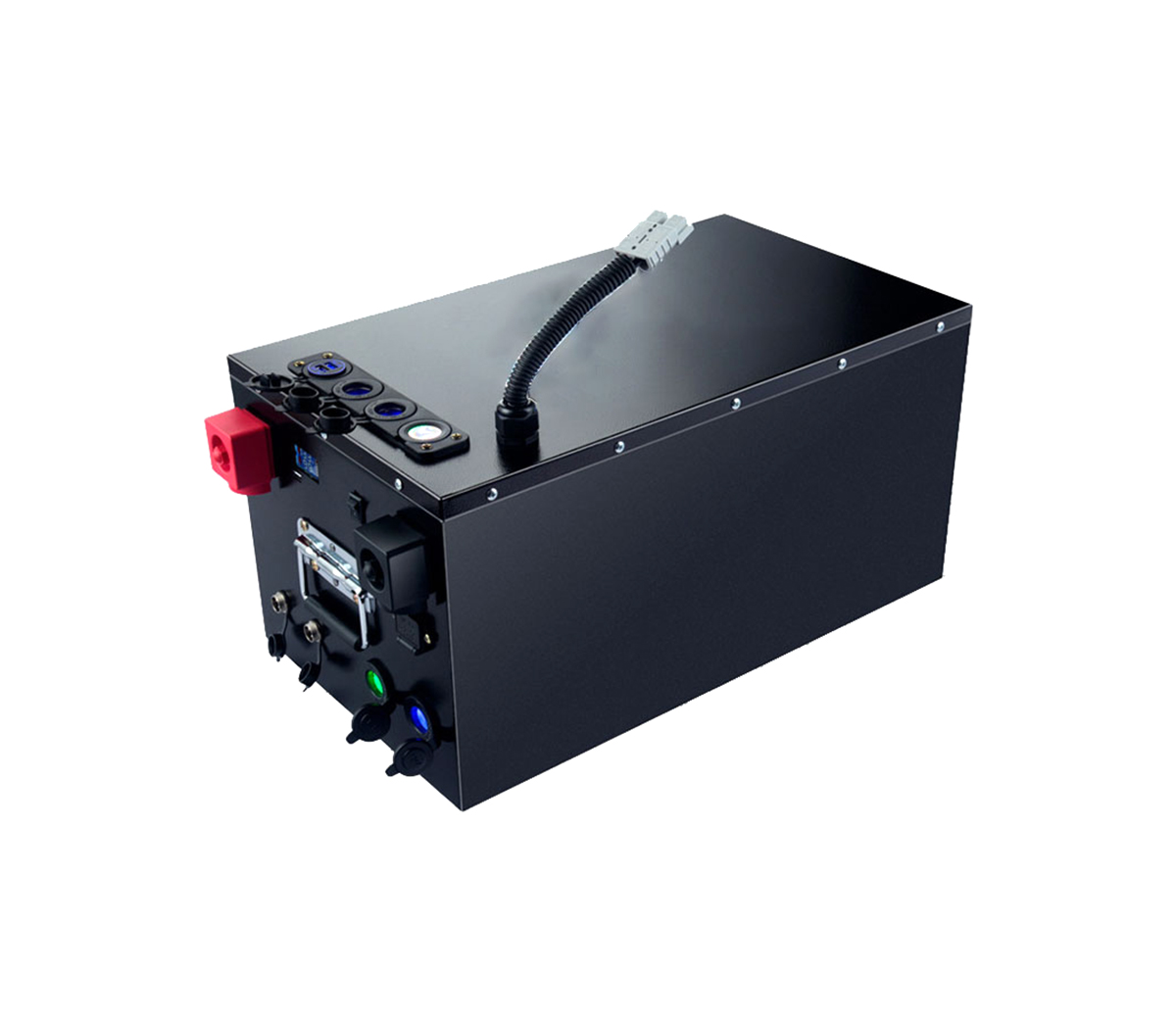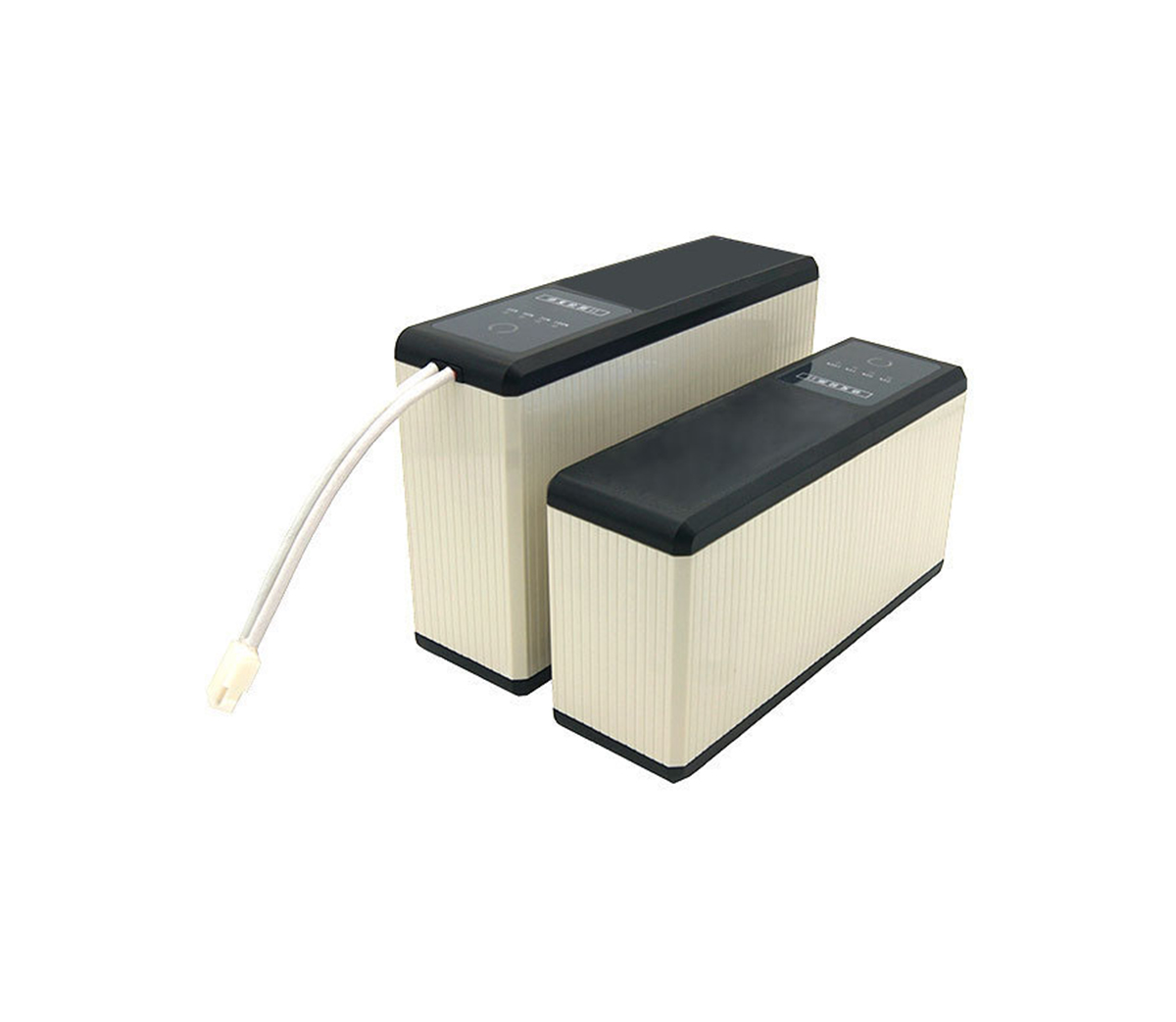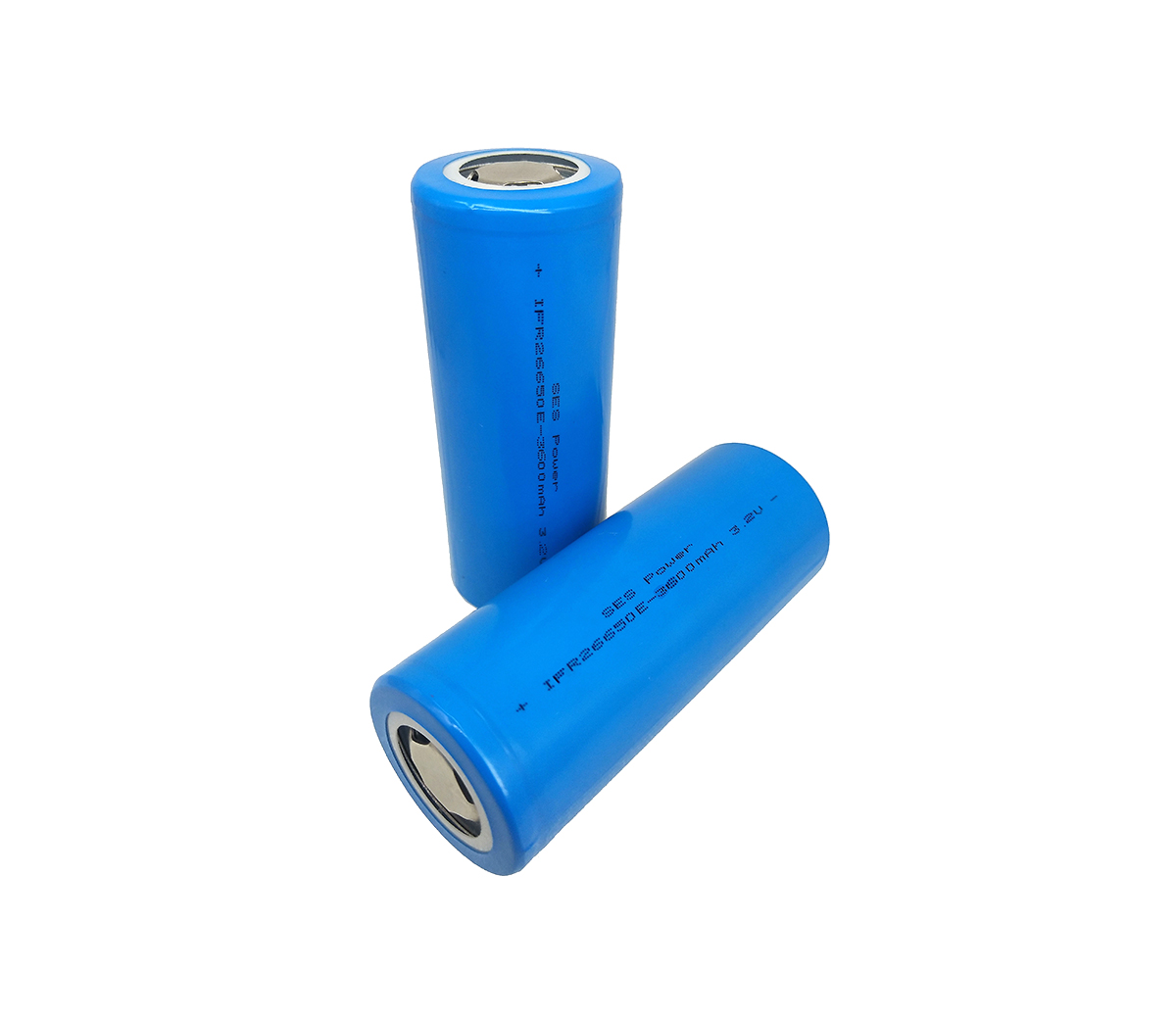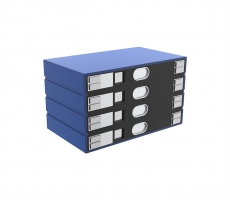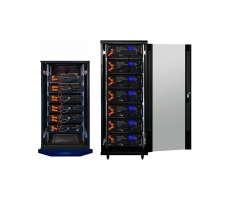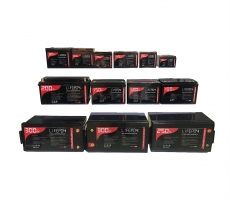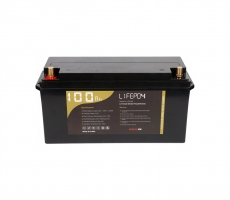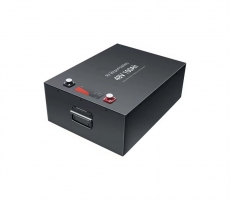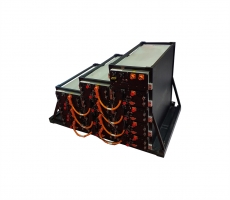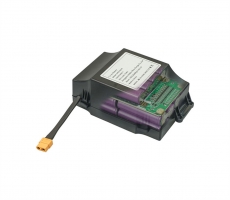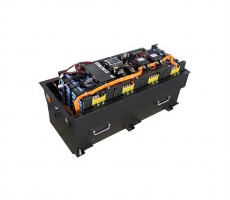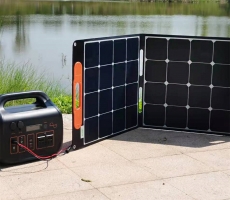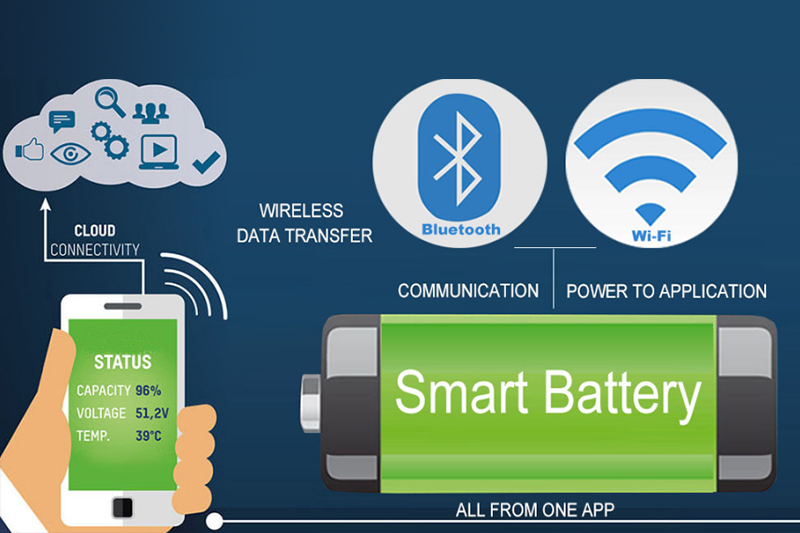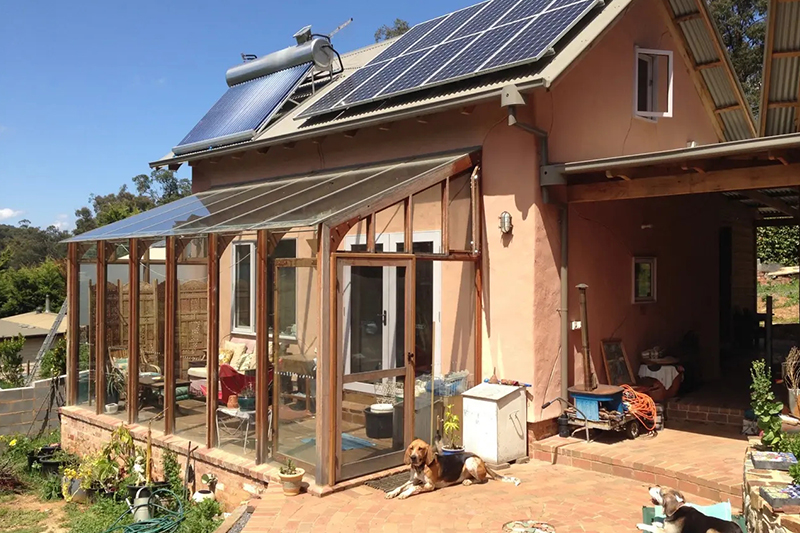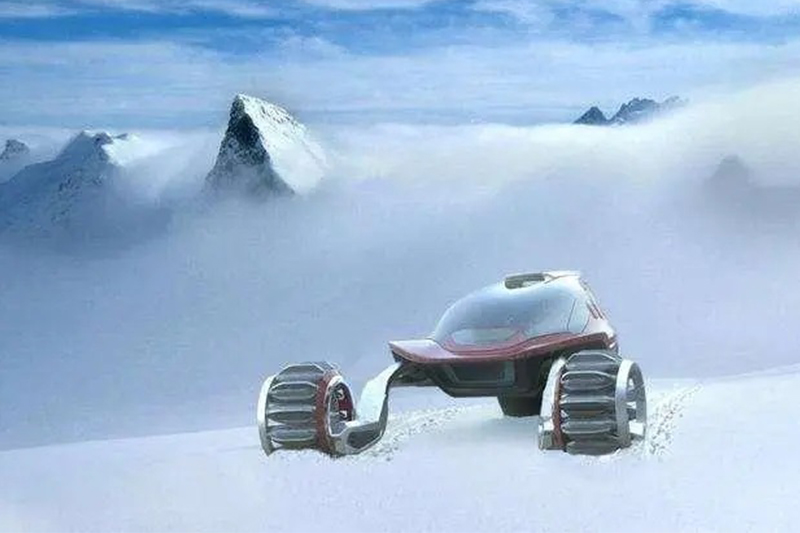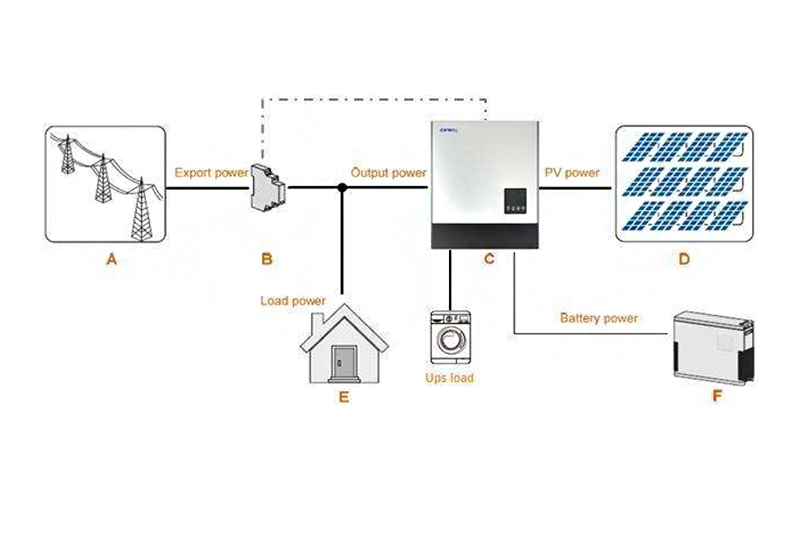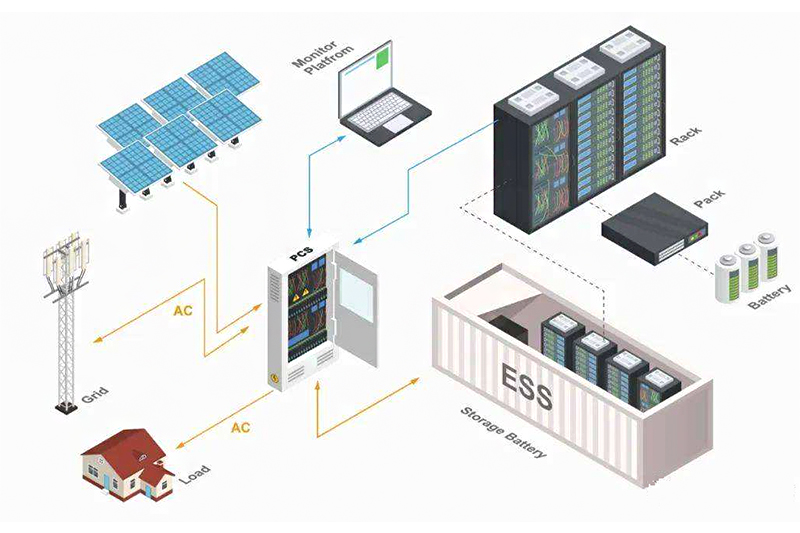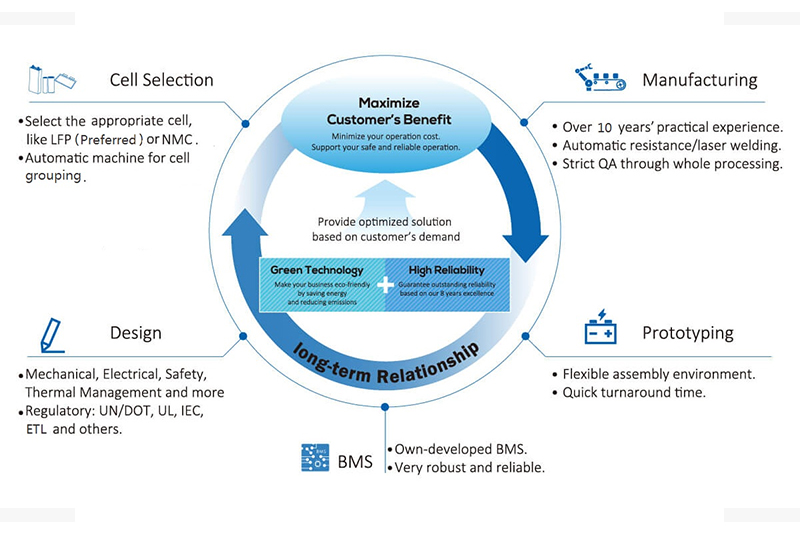The reshuffle is imminent, and it is imminent for the power battery to
master the core technology
In the development of energy vehicles, power batteries are the core, which
has almost reached a consensus in the new energy vehicle industry. With the
development of new energy in full swing, the development of power batteries has
also become the core of discussions in the industry.
In the development of new energy vehicles, power batteries are the core,
which has almost reached a consensus in the new energy vehicle industry. With
the development of new energy in full swing, the development of power batteries
has also become the core of discussions in the industry.
On April 21, the "2018 First China New Energy Power Battery and Energy
Storage Industry Conference" with the theme of "New Kinetic Energy Conversion ·
High-quality Development" was held in Taizhou, Jiangsu. Experts from the new
energy industry and representatives of first-line enterprises of new energy
power batteries will conduct in-depth discussions on topics such as the current
domestic power battery development status, existing problems and future trends,
on the technical development route of the power battery industry, battery
safety, and industrial dilemmas.
Data shows that the cumulative number of new energy vehicles in China has
reached 1.8 million, accounting for 50% of the global market. In the first
quarter of 2018, China's new energy vehicle production and sales increased by
136% year-on-year, and sales reached 117,000.
The surge in sales of new energy vehicles has stimulated the rapid
development of the new energy power battery industry. In 2017, the total
supporting capacity of new energy power batteries reached 37.06 billion WH.
Among them, the matching amount of ternary batteries reached 16.55 billion WH,
accounting for 44.87% of the matching amount of lithium electronic batteries;
the matching amount of lithium iron carbonate batteries reached 18.07 billion
WH, accounting for 48.96% of the matching amount of lithium electronic
batteries.
The rapid development of the new energy battery industry has spawned the
growth of battery companies, and at the same time has accelerated the
competition and elimination of the industry. The Ningde era will have a 24-day
meeting and will soon be listed on the A-share startup version, refreshing
Foxconn’s 36-day meeting speed. However, Waterma, which ranks third in the power
battery industry, is now caught in a cloud of debt.
In addition, the industry has been arguing about which power battery should
be used in new energy vehicles. The recycling and safety issues of batteries
need to be solved one by one.
Technology path a hundred schools of thought contend
Although ternary lithium batteries and lithium iron carbonate batteries
have become the main choices of China's new energy vehicle companies, due to
various reasons such as cost control, safe new energy, and raw material
channels, which battery should be used for new energy vehicles in the future is
still There are controversies and variables.
Yang Yusheng, an academician of the Chinese Academy of Engineering,
emphasized: “The original intention of developing electric vehicles is to save
energy and reduce emissions. Some electric vehicles only save fuel but do not
reduce emissions.” Yang Yusheng bluntly pointed out that Tesla is “only saving
fuel, not reducing emissions. The representative of platoon. He said: “Tesla was
punished in Singapore for installing more batteries for pursuing long mileage.
The car is heavy and consumes a lot of electricity. It needs to generate
electricity once and emits a lot of carbon dioxide, so it does not reduce
emissions.”
Zhang Chunyu, director of the second division of BYD’s battery business
group, believes that which battery to use in the Chinese market also needs to
consider the acquisition of battery raw materials and cost issues.
According to Zhang Chunyu, the development of power batteries has caused
the price of cobalt in ternary materials to soar, and the largest producer of
cobalt is in Congo, which will also be affected by politics and diplomacy.
"After the subsidy is cancelled, the market will be more sensitive to prices.
From our point of view, it is likely that the use of batteries will return to
lithium iron phosphate batteries to reduce dependence on subsidized prices."
Zhang Chunyu said.
Academician Yang Yusheng also has different views on the hydrogen fuel cell
technology that many car companies are keen to develop today. Academician Yang
Yusheng believes that as far as current technology is concerned, hydrogen fuel
has at least four problems: the variety of fuel cells, hydrogen and energy
efficiency issues, hydrogen supply and cost issues, and PM fuel cell power
system life issues.
Battery safety becomes the core of development
Automobile Toutiao APP noticed that in the power battery conference, almost
everyone focused on the safety of power batteries in their speeches.
The industry's evaluation of new energy power batteries is divided into
performance, energy, density, safety and cycle life. Among them, security is an
extremely important part.
"How to develop power batteries, the first thing to consider is safety. To
be non-flammable and non-explosive." Academician Yang Yusheng first emphasized
the safety issues of power battery development at the beginning of his
speech.
It is obviously not easy to ensure the safety of the power battery. "We
believe that battery safety should be a systematic project, from material to
battery, to BMS to system, it is multi-level and involves the entire life
cycle." said Wang Fang, chief expert of the China Automotive Technology Research
Center.
Due to the different properties of power batteries, R&D personnel need
to conduct safety tests and research on different batteries. This is an
extremely complex task.
Liu Yanlong, secretary general of the China Chemical and Physical Power
Industry Association, said: "To improve the performance and safety of lithium
battery products, on the one hand, it is to purchase high-capacity, and on the
other hand to use high-quality materials."
He also revealed a detail of the industry's exploration of the safety of
power batteries: "In 2016, considering the safety of ternary batteries, the use
of ternary batteries was suspended."
Today, power batteries have entered a rapid reshuffling period. From 2015
to 2017, the number of companies that can support power batteries has dropped
from 150 to about 100, and the future trend will further accelerate. The safety
of power batteries may become the most important screening factor in the process
of power battery shuffling. "Competition in the power battery industry is
fierce, industry integration continues, and the market is further concentrated
on dominant companies. The safety of power batteries is put first." Liu Yanlong
said.
Focus on the future and discuss battery recycling
With the development of new energy vehicles, the issue of power battery
recycling is gradually being put on the agenda. This is also the focus of
discussion among the guests at this power battery conference.
It is worth mentioning that shortly before the power battery conference was
held, seven ministries including the Ministry of Industry and Information
Technology jointly issued the "Interim Measures for the Management of Recycling
and Utilization of Power Batteries for New Energy Vehicles." While the recycling
of power batteries has attracted the attention of senior government officials,
the upstream and downstream enterprises of new energy vehicles have also
attracted great attention.
BYD Zhang Chunyu said: “We have a certain scale of recycling production
line. After returning from retired batteries, we apply them to the energy
storage field, or after such a cascade of use, we will finally take the
batteries back for disassembly and recycling. This part is physically automated.
Sorting and finally returning to raw materials. At this stage, the entire
recovery of the cathode material lithium iron phosphate, ternary materials and
our anode materials is realized, and the recovery to the raw material level has
been completed. At this stage, the feasibility study has been completed."
It is reported that in the future, BYD will also open up battery recycling
work, and work with the same industry to do recycling, including the layout of
the return of recycled batteries.
Wu Hui, research director of the Ivey Economic Research Institute, revealed
his research results on power battery recycling at the meeting. Wu Hui said: "In
2020, the theoretical scrap volume will reach 220,000 tons, and its weight will
drop. Some of these recycled batteries are used, and some will be disassembled.
Under such an expensive metal system, they will be dismantled. Dismantling. The
scale of dismantling is about 2.2 billion in 2024."
However, Wu Hui also said: "The remaining problem to be solved is where the
batteries of new energy vehicles are used, and whether they can be used in other
markets."
Under the verbal battles of the participating experts, the current
development status of new energy power batteries is beginning to appear. As Ye
Shengji, deputy secretary-general of the China Association of Automobile
Manufacturers, said: "Our entire market has not yet completed its formation, and
our industrialization has not yet reached the requirements of being a mature
industry. We must master our key technologies and core technologies well. Our
core In terms of parts and components, especially the core technology of power
batteries, the theme of the conference, there is indeed considerable room for
development, including the control of Chinese performance of power batteries and
the control of Chinese costs."
"The world is so new, everything hasn't been named yet", which aptly
describes today's new energy power battery industry. Under the general direction
of the development of new energy vehicles, the rapid growth of power batteries
is imminent. And for such a huge project, only the joint efforts of high-level
government officials and new energy upstream and downstream companies can
achieve the fastest results.









